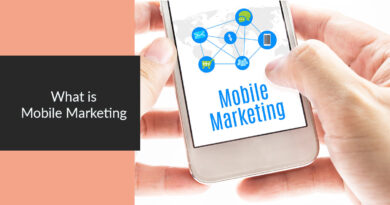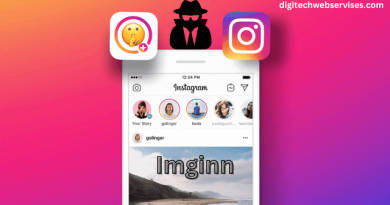What is storytelling and how to apply it in digital marketing?
Each company has a story, which can make a difference among its audiences. A company can make known to its target audience how a simple business idea came about. This is what makes so-called storytelling a significant tool in digital marketing strategies .
What is storytelling ?
Table of Contents
Storytelling has become popular in marketing as a tool to connect with audiences, get out of the cool way of talking about business, and achieve greater empathy with potential customers, according to market research platform Atlanta Search.
According to Seth Godin, one of the great exponents of contemporary marketing, today ” marketing is no longer about the things you sell, but about the stories you tell.”
Thus, within the field of marketing, it is common to understand that storytelling is the art of telling stories, and it is more likely to understand this concept if you work in a creative agency, advertising or media. This resource is the way in which great brands have seduced their audiences in a magical or sentimental atmosphere and behind it is a team in charge of developing the story.
How to use storytelling?
To convey the value of the brand or product and its benefits, it is necessary to summarize everything in a brand text, which is a strategic statement and a tool that can be used to communicate with the target audience. The purpose is to tell current and potential customers who the brand is, what its values are and what makes it special, according to the Digital Marketing Institute.
Once you have this brand copy, the next step in creating a lasting impression is to share a compelling story, capable of differentiating your brand from the rest of your competitors.
You need to consider what makes the brand unique. Regardless of the products you sell or the industries in which you operate, every organization has at least one USP (Unique Selling Proposition). This is a good starting point for building a larger, more encompassing aspirational picture.
The text should be between 300 and 500 words long, and it will be a central document that will inform and influence everything from social media posts to advertising campaigns. This text should include the history of the brand, how it has evolved, its goals for the future, key products or service offerings, as well as its values.
Audience identification
Once the brand positioning has been defined, the target audience must be defined and segmented. By taking a streamlined and targeted approach, you can harness the full power of brand marketing. Audience identification will help you make the most of your storytelling skills, as the right story can be told to the right people at the right time.
To begin, you need to conduct a thorough analysis of your current audience and your main competitors. This will involve the use of tools such as social networks, to collect data. Google Analytics can also be used to obtain more information about website visitors: where they are, the devices they use, the landing pages they prefer, etc.
Create a multichannel marketing campaign
The single step more important than creating a compelling brand story is ensuring that it is distributed correctly for maximum impact. The best way to ensure that the target audience hears the voice of the brand is to create and implement a multi-channel marketing campaign.
Users are embracing more digital technologies and are active on a growing number of devices, so it is important for brands to recognize and adapt to this behavior. The most successful organizations are those that can unite social media, email, search, and offline marketing activities in a strategy that gives your brand extra visibility.
Advantages of storytelling
On the other hand, Atlanta Search reports that one of the advantages of using storytelling in digital marketing strategies are:
- Build audience trust
A story not only tells a reality differently, it shows a different side. Reveal unknown aspects and build trust.
- Leave a mark on the consumer’s mind
A story manages to capture a sequence and flow of events, which makes it easy to remember.
- Facilitate transmission
Being easy to remember, the stories are easy to pass on, so they are shared voice to voice.
- Generate a greater connection
Storytelling creates a deep and emotional connection, unlike all other functional and performance brand arguments.
- Appeal to the emotional side
Turn the cold image of an anonymous company into people you can trust.
Without a doubt, storytelling is an integral aspect of any successful branding strategy. Thus, through the use of storytelling, any company can improve the effectiveness of its commercial brand.



